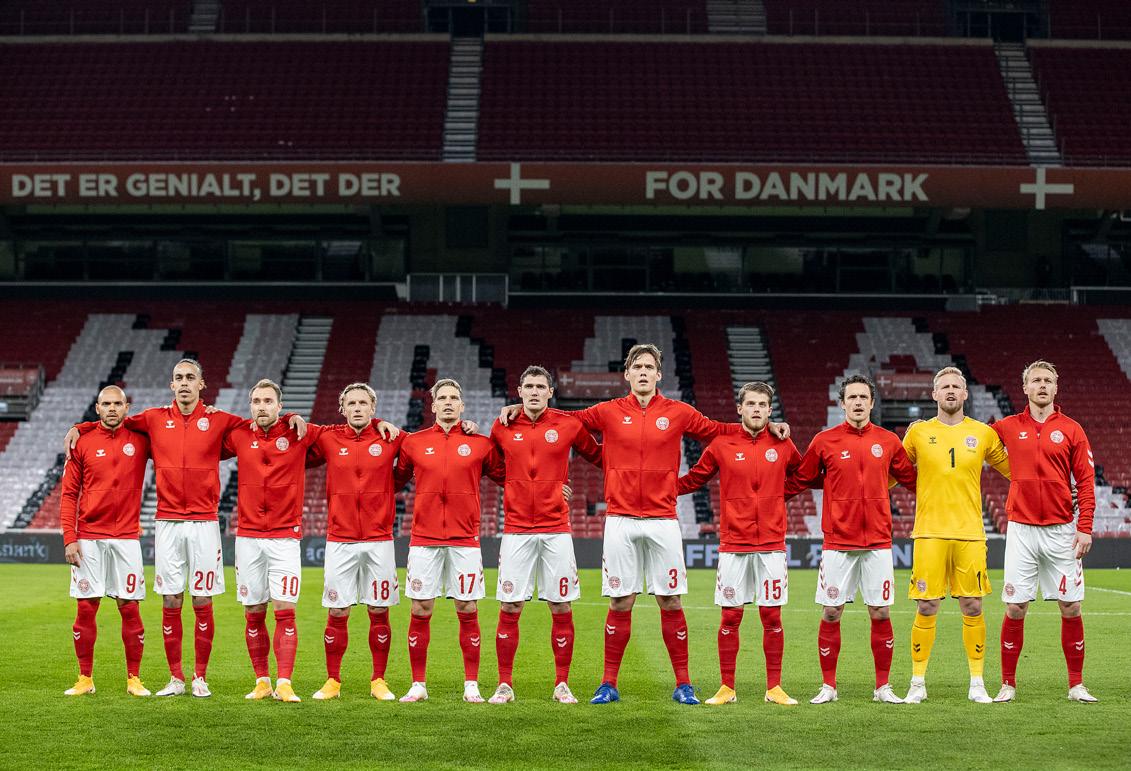
3 minute read
The space of interaction in the quadruple helix model
The space of interaction in the quadruple helix model
Spaces 5 to 12 in Figure 3 are all bilateral types of collaborations/interactions between the four main spheres. These ‘overlapping’ spaces are the overarching collaborative functions that drive innovation, which is realised through activities. The point is to get an overview of how different collaboration types can flourish between stakeholders from different spheres within the QH. 5. Space 5 consists of the collaboration between
Advertisement
Academia and the Market/Industry. The collaboration demands that academia aims at being open to business and less focused on the puritanism of research. On the other side, businesses must acknowledge the unbiased logic and free nature of knowledge. 6. Space 6 consists of the collaboration between
Market/Industry and Government/Policy, thereby also the law for the Danish charity and business foundations. The legislation and the law-making of Denmark focus on providing the startups with an enriching environment and supporting startups with different grant-opportunities and supportive facilities. On the other hand, the administrative and tax structure has and probably will always be seen as a pronounced constraint on starting up a business. The biggest constraint from the startups’ perspective is probably the non-competitive and confusing requirements set for state and local government support mechanisms, or the non-exclusiveness of the support provided. 7. Space 7 consists of the collaboration between policymakers and civil society. Here politicians and funding can, in collaboration with civil society, make social innovation. Here aspects of institutional changes of ways to organise football can affect the way football is organised.
Stakeholders such as DBU and DIF (innovation) can drive this type of innovation in collaboration with sports clubs. 8. Space 8 is between academia and civil society.
This collaboration space can embrace research projects aimed at grass football or examine how interventions are helping socially vulnerable people. These collaborations will typically consist of a third funding party, and often serve as important arguments when NGOs are lobbying policymakers. In this field of innovation, it’s often also seen as a comprehensive collaboration based on student work. There are internships in football clubs, some students do bachelors and master thesis on and in collaboration with football clubs. 9. The overlapping spaces 9 and 11 of the industry sectors and civil society consist of a participant-producer relationship, where the industry sees the citizen as a user of a product. Also, startups can as part of a public relations strategy, be forming products to e.g. NGOs working with football in relation to socially vulnerable people like the NGO “Ombold”. 10. Spaces 10 and 12 consist of the collaboration between academia and policymakers. This collaboration consists of policy and vision for future education, and also the government and the region's role in founding Academic research projects relevant for a broader scope. The project of forming a model for a Football Innovation
Centre is a collaboration between the Region of Southern Denmark and the University of
Southern Denmark. 11. The different intersections of 9+10+11+12+13 are
the complex collaboration between three or four collaborative partners. These spaces, projects and activities of collaboration may be conflict-filled and creative in a new way to ideate and innovate products and services as well as doing research projects. These spaces are also considered to have a greater potential for sustainability due to the co-design and co-implementation approach, with a more democratic model of strategy development and decision-making exposed to feedback. As such, resulting in socially accountable end-user ownership as sketched in the QH theoretical lineout (Carayannis & Campbell, 2009).
Examples of projects and collaboration
In this section, key stakeholders’ groups and some of the projects related to their work will be presented.









